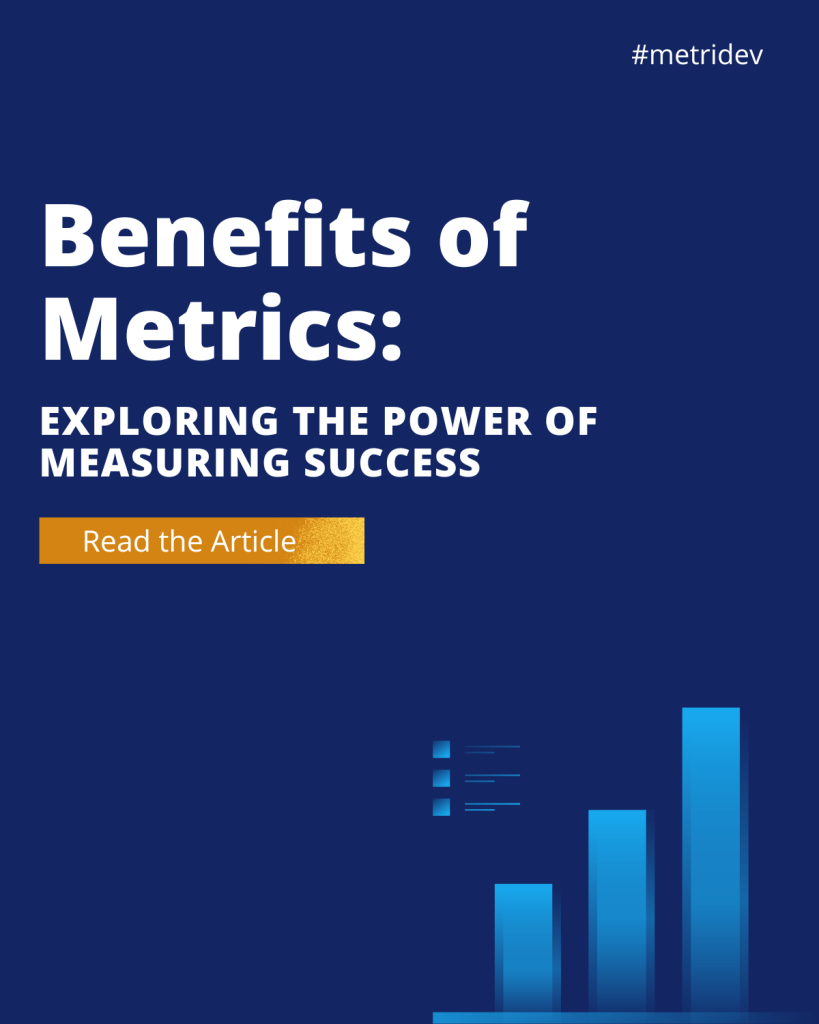Introduction
In the ever-evolving world of software development, Agile methodologies have emerged as the predominant approach for delivering high-quality products efficiently. At the heart of Agile lies a focus on continuous improvement, and one of the key tools for achieving this is the use of flow metrics. These metrics provide valuable insights into the performance and efficiency of an Agile team, enabling them to identify bottlenecks, optimize their processes, and ultimately enhance their overall productivity.
What are flow metrics in Agile?
Flow metrics in Agile refer to a set of quantitative measures that track the movement of work items (such as user stories, tasks, or features) through the development process. These metrics help teams understand the flow of work, identify areas for improvement, and make data-driven decisions to enhance their Agile practices.
Importance of flow metrics in Agile
Flow metrics are essential in Agile because they serve several crucial purposes. Firstly, they provide visibility into the development process. They offer a clear and transparent view that enables teams to identify bottlenecks, monitor progress, and make informed decisions. Additionally, flow metrics facilitate continuous improvement by allowing teams to analyze their performance. Also to identify areas for enhancement, experiment with new practices, and continuously optimize their processes. Moreover, these metrics enhance predictability by helping teams better understand their capacity, lead times, and throughput. This enables them to make more accurate predictions and commitments. Importantly, flow metrics align with Agile principles of transparency, collaboration, and empirical decision-making, fostering a data-driven approach to software development.
Common flow metrics used in Agile
Some of the most commonly used flow metrics in Agile include:
- Cycle Time: The time it takes for a work item to move from “started” to “completed” status.
- Lead Time: The total time it takes for a work item to move from “requested” to “delivered” status.
- Throughput: The number of work items completed within a given time frame.
- Work in Progress (WIP): The number of work items currently in progress at any given time.
- Deployment Frequency: The frequency at which new versions or updates are deployed to production.
- Mean Time to Recover (MTTR): The average time it takes to recover from a production incident or bug.
What is the difference between story points and flow metrics?
Story points are a relative measure of the effort required to complete a user story or work item. Whereas flow metrics are quantitative measures that track the movement of work items through the development process. While story points provide an estimate of the complexity or size of a work item, flow metrics offer insights into the actual performance and efficiency of the team.
Is WIP a flow metric?
Yes, Work in Progress (WIP) is considered a flow metric in Agile. WIP refers to the number of work items currently in progress at any given time. Monitoring and managing WIP is crucial in Agile, as it helps teams identify and address bottlenecks, maintain a steady flow of work, and prevent overloading the team.

How to measure flow metrics
To measure flow metrics, Agile teams typically use tools such as Kanban boards, project management software, or custom reporting solutions. These tools allow teams to track the movement of work items through the development process and collect the necessary data to calculate the various flow metrics.
How to implement flow metrics?
Implementing flow metrics in Agile involves the following steps:
- Define the Metrics: Identify the specific flow metrics that are most relevant to your team and organization. For example, cycle time, lead time, throughput, and WIP.
- Establish Measurement Practices: Determine the data sources, collection methods, and reporting mechanisms that will be used to gather the necessary information for calculating the flow metrics.
- Integrate Metrics into Workflows: Ensure that the flow metrics are seamlessly integrated into the team’s Agile workflows. For instance, daily standups, sprint retrospectives, and project reviews.
- Visualize and Analyze the Data: Present the flow metrics data in a clear and visually appealing way. For example, through dashboards, charts, and reports, to facilitate data-driven decision-making.
- Continuously Improve: Regularly review the flow metrics, identify areas for improvement, and implement changes to optimize the team’s Agile practices.
Interpreting flow metrics data
Interpreting flow metrics data involves understanding the patterns, trends, and relationships between the different metrics. For example, a decrease in cycle time may indicate that the team is becoming more efficient. Meanwhile an increase in WIP could signal a potential bottleneck in the development process. By analyzing the flow metrics data, teams can identify areas for improvement and make informed decisions to enhance their Agile practices.
Benefits of using flow metrics in Agile
Adopting flow metrics in Agile can provide numerous benefits, including:
- Improved Efficiency: Flow metrics help teams identify and address bottlenecks, optimize their processes, and enhance their overall efficiency.
- Increased Productivity: By tracking and improving flow metrics, teams can deliver more work items in less time. This can lead to increased productivity.
- Enhanced Predictability: Flow metrics enable teams to make more accurate predictions about their capacity, lead times, and throughput, leading to better planning and decision-making.
- Informed Decision-Making: Flow metrics provide a data-driven approach to Agile, allowing teams to make informed decisions based on empirical evidence.
- Continuous Improvement: By continuously monitoring and analyzing flow metrics, teams can identify areas for improvement and implement changes to enhance their Agile practices.
Challenges and limitations
While flow metrics offer numerous benefits, it’s essential to acknowledge the challenges and limitations they present. Firstly, ensuring data quality poses a significant challenge, particularly in complex or distributed development environments, where maintaining accuracy and consistency can be difficult. Secondly, interpreting flow metrics data can be complex due to the nuanced and context-dependent relationships between different metrics. Additionally, implementing flow metrics may encounter resistance from team members accustomed to traditional project management approaches or skeptical of data-driven decision-making, highlighting the challenge of overcoming ingrained practices. Lastly, there’s a risk of oversimplification, where flow metrics may reduce the complex realities of software development to numerical targets, potentially overshadowing a holistic understanding of the development process.
What are flow metrics in SAFe?
In the context of the Scaled Agile Framework (SAFe), flow metrics are used to measure the efficiency and effectiveness of the entire value stream, from idea to delivery. Some of the key flow metrics in SAFe include:
- Cycle Time: The time it takes for a feature to move from “committed” to “delivered” status.
- Throughput: The number of features delivered within a given time frame.
- Flow Efficiency: The ratio of the time a work item spends in “value-adding” activities to the total lead time.
- Flow Velocity: The rate at which features are delivered, typically measured in terms of story points or other units of work.
Strategies to improve efficiency and productivity using flow metrics
To enhance efficiency and productivity through flow metrics, Agile teams can implement several key strategies. Firstly, optimizing Work in Progress (WIP) limits is crucial. By carefully managing and adjusting these limits, teams can maintain a steady flow of work, prevent bottlenecks, and improve overall efficiency. Secondly, reducing cycle time is essential. Identifying and addressing the root causes of long cycle times, such as unnecessary handoffs or delays, enables teams to deliver work items more quickly. Moreover, improving throughput is vital. Analyzing throughput data and identifying opportunities to streamline the development process can lead to increased productivity.
Additionally, enhancing visibility plays a significant role. Regularly reviewing and sharing flow metrics data with the team improves transparency, fosters collaboration, and drives continuous improvement. Finally, teams can experiment and iterate using flow metrics as a feedback loop. By experimenting with new practices, measuring their impact, and iteratively refining Agile processes, teams can adapt and improve over time.
Conclusion
Flow metrics are a powerful tool for Agile teams looking to improve their efficiency and productivity. By providing valuable insights into the development process, flow metrics enable teams to identify bottlenecks, optimize their workflows, and make data-driven decisions. As Agile teams continue to embrace the use of flow metrics, they can expect to see tangible improvements in their ability to deliver high-quality products quickly and consistently.
To learn more about implementing flow metrics in your Agile team, read our article Agile vs Waterfall: Two Project Management Approaches.









Leave a Reply